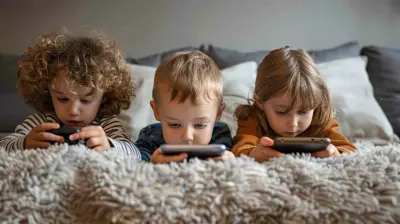Encouraging Early Communication with Your Newborn
21 May 2025
Welcoming a newborn into your life is magical, chaotic, and, let’s be real, a little overwhelming. You’re probably juggling midnight feedings, endless diaper changes, and the mystery of why your baby just won’t nap when you need a break. But amidst all the hustle, there’s something beautiful that’s happening: your baby is learning to communicate with you.
Yes, that cooing, grunting, and even the all-too-familiar crying—it's all part of the journey toward their first words. Creating an environment that encourages early communication isn’t just about teaching your baby to talk faster. It’s about building a bond, fostering emotional connections, and setting the stage for healthy brain development.
But how exactly do you do that? Let’s dive into some practical tips, strategies, and insights to help you connect with your little bundle of joy.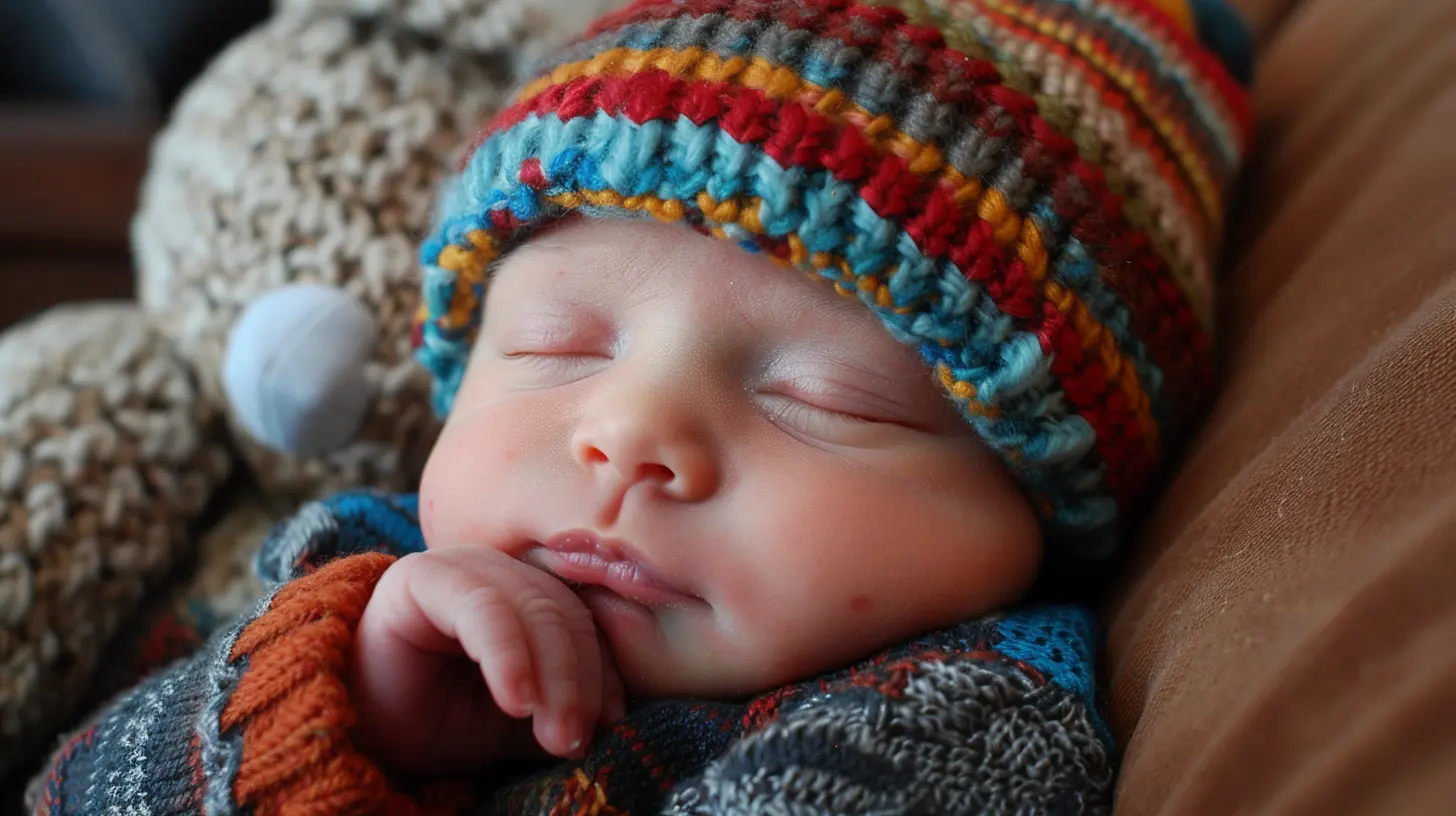
Why Early Communication Matters
First off, let’s get one thing straight—your baby is absorbing everything. Babies might not have Facebook accounts or an email inbox, but they’re natural-born communicators. They’re observing, mimicking, and responding to the world around them.By encouraging early communication, you’re doing more than helping them say “mama” or “dada.” You’re shaping their cognitive abilities, social skills, and emotional intelligence. Imagine their brain as a sponge soaking up words, sounds, facial expressions, and even the subtle tones in your voice.
Studies have shown that babies who experience more verbal interaction in their early days tend to develop stronger language and reading skills later in life. So yeah, those seemingly one-sided conversations with your newborn? They’re like planting the seeds for a vibrant garden of communication skills down the road. 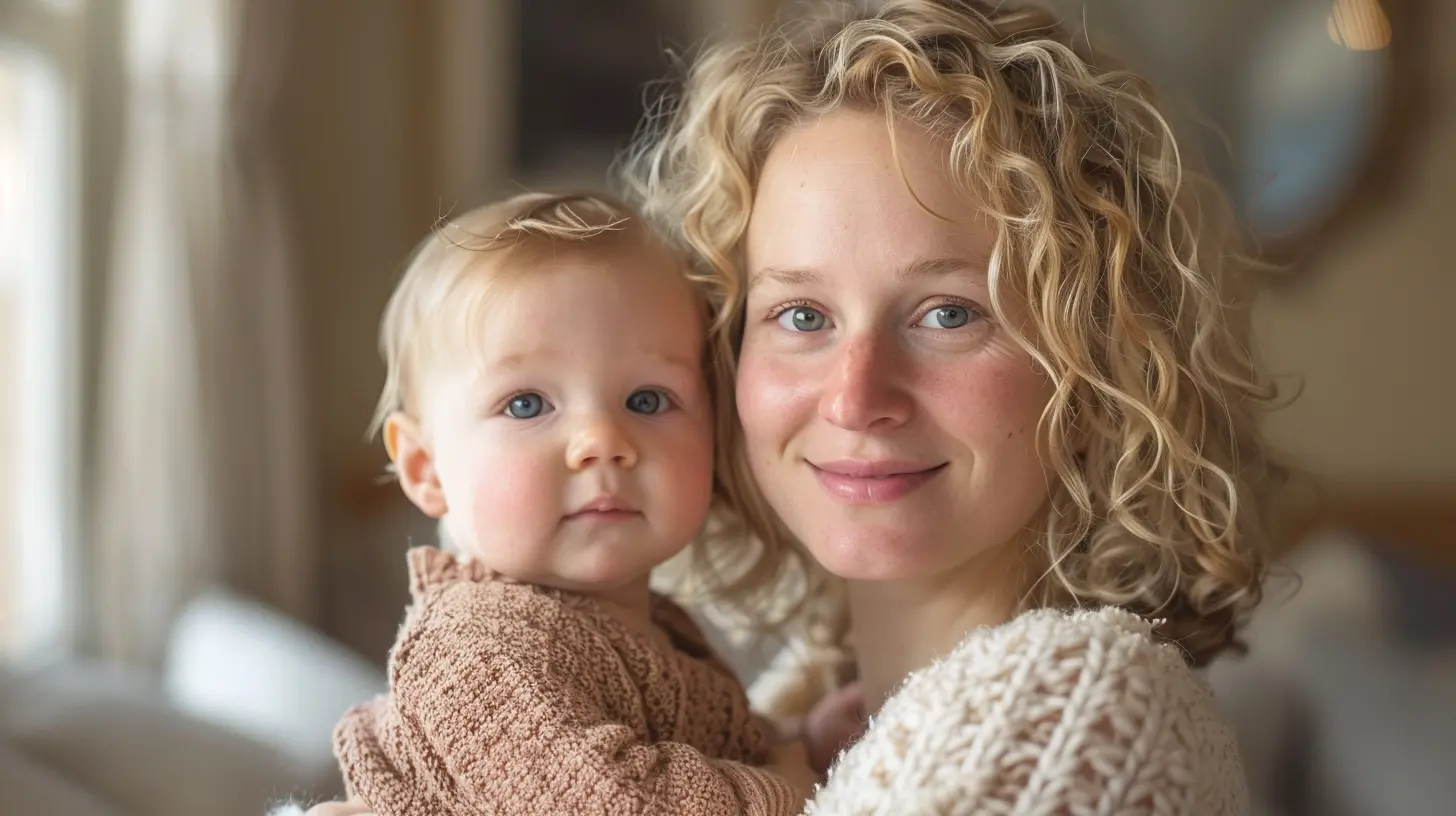
The First Language: Baby Cues
Before words and even babbles, your baby has a language all their own—cues. Sounds, facial expressions, and movements are their way of telling you what they need or how they feel. Learning to "read" your baby’s cues is an essential first step in fostering early communication.Common Baby Cues
- Crying: Different types of cries mean different things. Hunger, discomfort, sleepiness—you’ll start to pick up on the subtle differences over time.- Fidgeting or Arching Back: These movements can indicate discomfort, gas, or overstimulation.
- Eye Contact: Babies will lock eyes with you when they’re engaged and ready to interact.
- Turning Away: If your baby looks away or seems uninterested, it’s usually a sign they need a little break.
When you respond promptly and sensitively to these cues, your baby starts to feel understood. And that, my friend, is the first step toward meaningful communication. 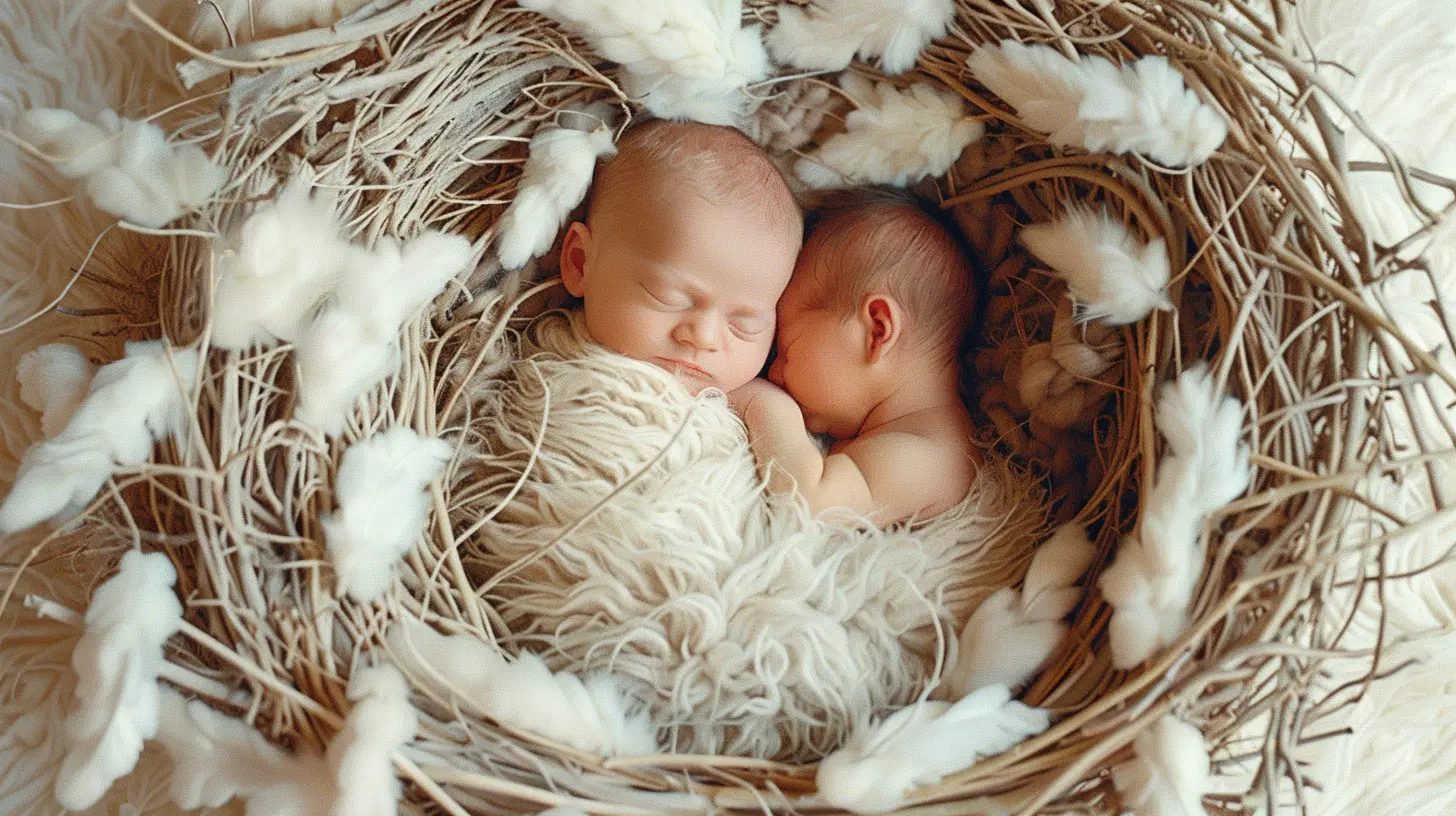
Talking to Your Baby: Yes, It Feels Silly at First
Okay, let’s address the elephant in the room: talking to a newborn feels weird at first. They’re not exactly giving you riveting feedback. But trust me, narrating your day and chatting with your little one is incredibly beneficial—even if they’re just staring at you like you’ve lost it.The Benefits of Talking to Your Baby
1. Language Development: The more words they hear, the better. It’s like filling their mental library with building blocks for future communication.2. Emotional Bonding: Your voice is their favorite sound—it soothes them and strengthens your connection.
3. Brain Growth: Every word, pitch, and inflection activates their rapidly developing brain.
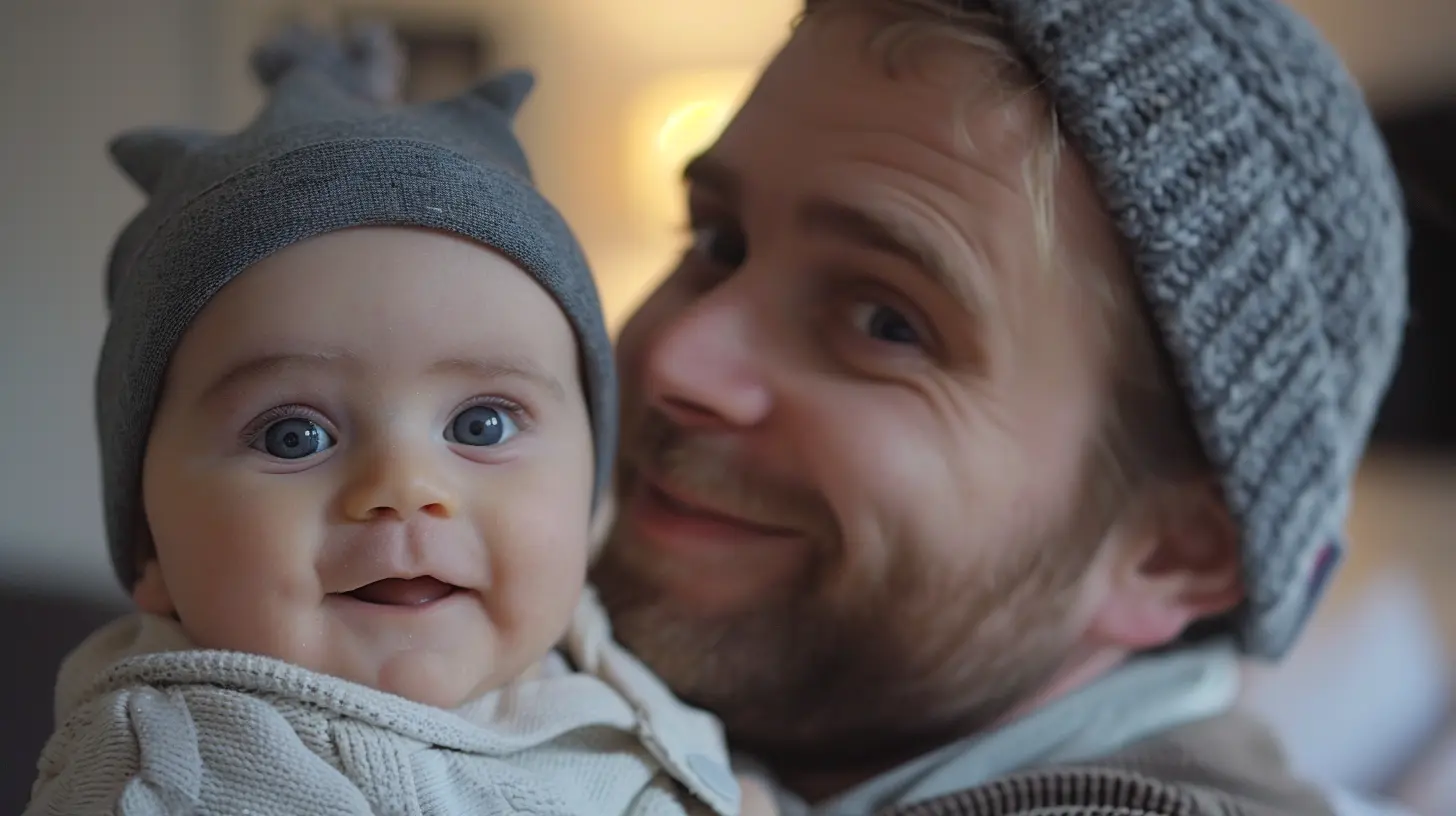
How to Encourage Communication
1. Start with Eye Contact
Ever notice how your baby stares at you like you’re a celebrity? It’s because they’re wired to focus on faces. Hold eye contact during feedings, diaper changes, or tummy time. This helps build trust and lays the groundwork for social interaction.2. Use Parentese
What’s parentese, you ask? It’s that high-pitched, sing-songy tone you instinctively use when talking to babies. Turns out, babies love it. Studies show that parentese grabs their attention and makes it easier for them to pick up on the rhythm of language.For example, instead of saying, “Look at the dog,” you might say, “Oooooh, look at the dooooog! What a fluffy puppy!” Sure, it feels goofy, but it works.
3. Narrate Your Day
Think of yourself as a sports commentator for your baby. Talk about what you’re doing as you’re doing it. “Mommy’s making breakfast. See the eggs? Crack goes the egg! Sizzle, sizzle in the pan!”This constant stream of descriptive language helps your baby associate words with actions and objects.
4. Get Down on Their Level
Babies learn best when you’re face-to-face. Lie down during tummy time or sit them up on your lap so they can see your expressions clearly. Exaggerating your facial movements while speaking can help them connect sounds to emotions.5. Read to Them
It’s never too early to start reading. Choose books with simple, repetitive language and bold, high-contrast illustrations. Even if they’re just chewing on the corners of the book, they’re still listening.6. Play Peek-a-Boo
Peek-a-boo is more than just a game to make your baby giggle. It teaches them about turn-taking in communication and object permanence (the idea that things still exist even when they’re out of sight).When Should You Worry About Delays?
It’s important to remember that every baby develops at their own pace. Some start babbling early, while others take their sweet time. However, there are a few red flags to watch out for:- By 6 Months: Lack of eye contact or response to sounds and voices.
- By 9 Months: No back-and-forth sounds or facial expressions.
- By 12 Months: No babbling or gestures like pointing or waving.
If you’re concerned about your baby’s communication skills, don’t hesitate to reach out to your pediatrician. Early intervention can make a world of difference.
Creating a Language-Rich Environment
Your home is your baby’s first classroom, and you’re their favorite teacher. Creating a language-rich environment doesn’t require expensive toys or flashcards. It’s all about making the most of everyday moments.- Sing Songs: From lullabies to nursery rhymes, singing introduces rhythm and repetition.
- Use Gestures: Reinforce your words with gestures like waving, clapping, or pointing.
- Limit Screen Time: Babies learn best from real human interaction, so save the screens for later.
Final Thoughts
Encouraging early communication with your newborn isn’t about being perfect or following a rigid plan—it’s about connecting. Whether it's responding to their cues, talking them through your day, or sharing a giggle over peek-a-boo, every interaction helps build their communication skills and strengthens your bond.So go ahead, embrace those silly voices, narrate those diaper changes, and sing “Twinkle Twinkle Little Star” for the millionth time. You’re doing more than just talking; you’re building a foundation for your baby’s future.
all images in this post were generated using AI tools
Category:
Newborn CareAuthor:

Noah Sawyer
Discussion
rate this article
3 comments
Mason Howard
Thank you for this insightful article! It's a gentle reminder of the importance of connecting with our little ones from day one.
June 17, 2025 at 4:45 PM

Noah Sawyer
Thank you for your kind words! I'm glad you found it insightful. Connecting with our little ones is so vital!
Caelestis Sharp
Who knew my baby’s gurgles could be the next bestseller? I’m taking notes! 📚 Let’s get those tiny vocal cords working—future poets in the making! Just remember, the art of babble is a language all its own! 🎤✨
June 2, 2025 at 4:54 AM

Noah Sawyer
Absolutely! Every gurgle is a step towards their unique voice. Let’s celebrate those tiny expressions of creativity! 🎉
Amira Baxter
Engaging with your little one early feels magical—tiny coos speak volumes of love!
May 22, 2025 at 3:27 AM

Noah Sawyer
Absolutely! Those early moments of connection lay the foundation for a lifetime of communication and bonding. Thank you for sharing!


